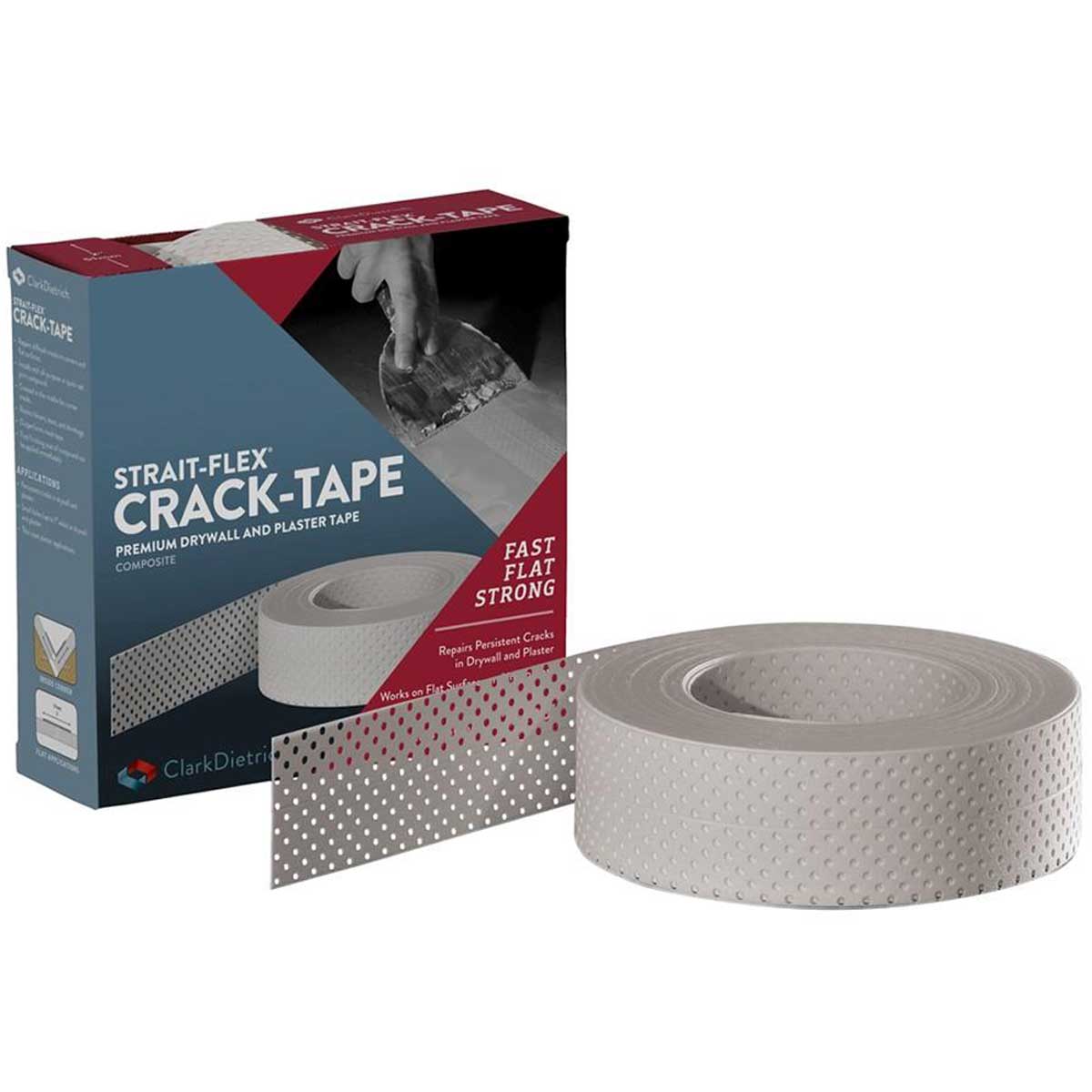

f A photograph of an array of GaInP/GaAs heterojunction bipolar transistors transfer-printed onto a biodegradable cellulose nanofibril substrate and wrapped around a tree stick with a ~3 mm radius. e Multifunctional epidermal electronic systems partially peeled away from the skin. d Ultrathin conformal bio-integrated neural electrode arrays transfer-printed onto a dissolvable silk substrate.

c Multifunctional balloon catheters with biocompatible interfaces integrated directly by transfer printing for cardiac electrophysiological mapping and ablation therapy in its inflated state. The silicon optoelectronics are transferred from a flat donor substrate and printed onto a hemispherical glass lens substrate using a hemispherical PDMS transfer element. b A hemispherical electronic eye camera based on compressible silicon optoelectronics. a Stretchable and foldable Si-CMOS circuit transferred onto a poly(dimethylsiloxane) (PDMS) substrate. 1i 19).įlexible and stretchable inorganic electronic devices enabled by transfer printing techniques. 1h 30 and a mechanically flexed array of ultrathin, microscale, blue LEDs in Fig. 1g, 23 an highly stretchable AlInGaP μ-ILEDs array in Fig.

1f) 16 and deformable opto-electronics (a bendable photovoltaics module in Fig. 1c 9 and an ultrathin conformal bio-integrated neural electrode array in Fig. 1b 6), bio-integrated electronics (a multifunctional medical balloon catheter in Fig. 1a), 28 curvilinear electronics (a hemispherical electronic eye camera in Fig. These examples include the stretchable and foldable Si-CMOS circuit (Fig. 25, 26, 27 Figure 1 shows some examples of flexible and stretchable inorganic devices with performance equal to those fabricated by established conventional technologies using well-developed inorganic semiconductor and metal materials, but in foldable, stretchable and curvilinear format. 1, 2, 3, 4, 5 This technology has enabled many novel applications that are impossible for conventional electronics, such as curvilinear electronics, 6, 7, 8 bio-integrated electronics, 9, 10, 11 epidermal electronics, 12, 13, 14 transient electronics, 15, 16, 17, 18 deformable opto-electronics, 19, 20, 21, 22, 23, 24 and many others. The last decade has witnessed the fast progresses and great achievements of flexible and stretchable inorganic electronics, which removes the planar, rigid, and brittle design constraints associated with conventional electronics via the integration of hard inorganic semiconductor materials in delicate structural layouts with flexible substrates.


 0 kommentar(er)
0 kommentar(er)
